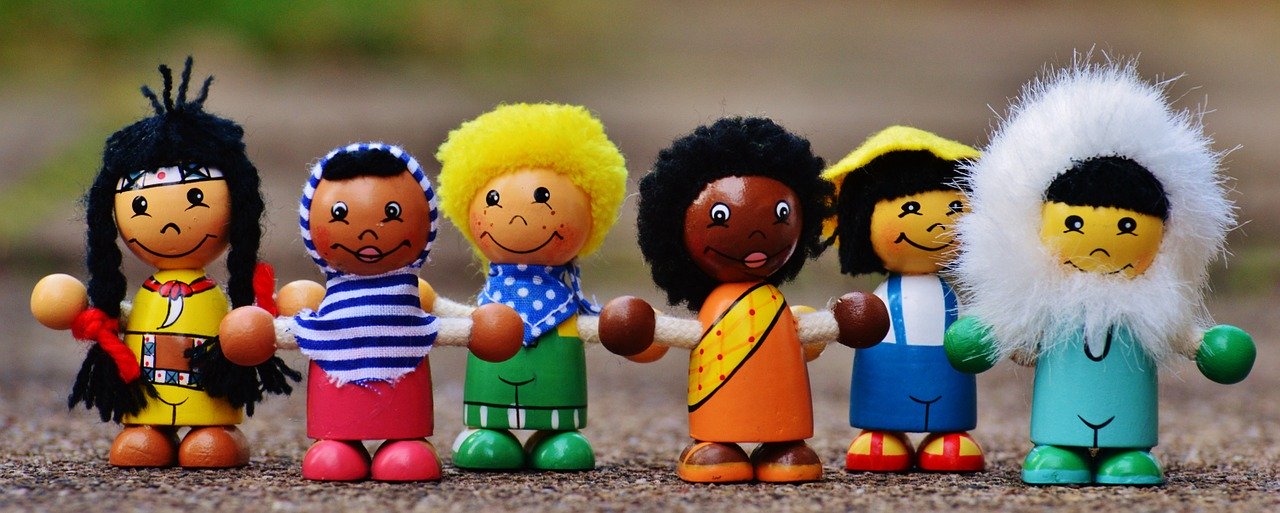Play is a very important part of children’s communication — it can reflect their world and their feelings and give them a way to express themselves other than through talking.
Professionals helping children to communicate use toys a lot. You can use this activity with your child any time, not just when you think there might be a problem.
You will need
A collection of small dolls which could represent family members and friends — don’t forget the pets!
Activity
- Keep your doll family in a special place so that it does not get lost among other toys.
- Ask your child if they would like to play, or you can just start playing with the dolls yourself — your child may then get interested in what you’re doing and join in. The important thing is not to tell your child to play — if they don’t feel like playing, try another time.
- Let your child take the lead by giving them the dolls and just letting the play develop. Your job is to listen, watch and show interest!
- You can ask or guess what is happening in the game with questions like ‘Is that the Mummy?’, ‘That baby looks like she is having fun!’ or ‘Poor Daddy, look, he’s all on his own now’.
- Some children will be keen for you to take part in the game and ‘control’ some of the dolls, while others may prefer you just to watch — whichever, try to go with the flow.
Remember that the game should be:
- fun
- one-to-one time with your child
- a chance to communicate in a child-focused way
The explanation
As adults we can easily forget that some of the ways in which we share our ideas and feelings, like talking or writing, are not natural for children. Most children have vivid imaginations and acting out their thoughts and feelings through imaginative play is very natural for them. They call it playing!
What is the point of this game?
You may have heard about experts using play as a therapy with children, but in fact there is no great mystery to this activity. It can be a fun way for you to get involved in your child’s world. The games may well give hints about what’s going on in a child’s mind — but hints and clues are just that and no more. Don’t jump to conclusions about your child’s games being directly about their reality.
However, you might still want to ask your child if things that happen in a game are really happening to them. For example if a child doll is being left out or feeling worried, you may be concerned that this has been your child’s experience. Always remember, though, that you’re playing a game, and not prying. Children can quickly feel that they’re being pressured for information and then the game can stop being fun for them or helpful to you.
You needn’t question your child directly to reassure them, or to show them you understand. It can be just as helpful for your child if you talk about the characters or dolls in the game, rather than pressing for real-life information. For example telling your child that the child doll must feel worried as well as excited about starting school will get the message over that you understand how your child feels.
If you’re really worried
If you’re concerned that your child has a serious worry or problem which they’re not talking about, resist putting pressure on them by repeatedly asking questions. You can, however, make sure that there are opportunities to talk and you can offer lots of reassurance.







Rate and Review
Rate this activity
Review this activity
Log into OpenLearn to leave reviews and join in the conversation.
Activity reviews